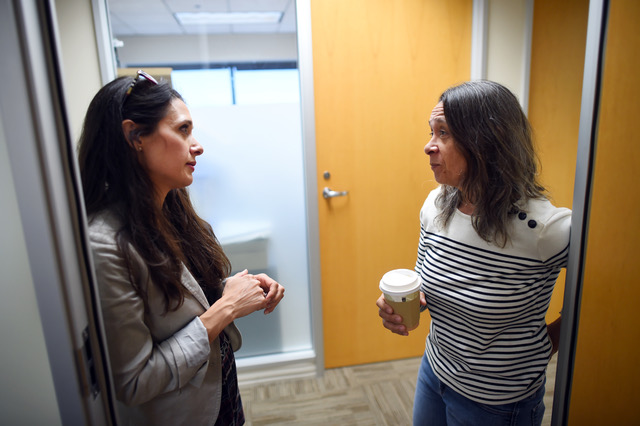Recently, I was asked if we would ever consider raising capital for 7 Generation Games via a community round. My answer was that I had not considered it – but now that the subject had been raised, I was interested in learning more. I mean, learning is literally the foundational core of what we do as a company. And if learning has the potential to lead to funding, even better.
So, in my quest to come up with an answer to the question “Would we ever consider raising capital via a community round?” I had to first make sure I had a full understanding of what a community round actually was.
And in keeping with our mission of not only learning but imparting that knowledge to others – typically via an educational game, but a blog works too – I am sharing the results of my down-the-rabbit-hole-of-the-internet research and discussions on community rounds.

What is a community round?
You might be familiar with a community round by the other terms it is sometimes known as: crowd equity. No matter what you call it, a community round is very similar to a crowdfunding campaign, but instead of funders backing a project, they are backing a company.
A community round is a fundraising round for a business where members of the community can invest in startup.
Now, typically, investors are required to be accredited:
- meaning individuals making over $200,000 or with a household net worth of over $1 million,
- a business or fund with over $5 million in assets.
However, under relatively newer laws (and some platforms established to help navigate the process) as long as a company follows a set of established rules – i.e. crowdfunding regulations – the company can raise funds from well, as “crowdfunding” contains right there in the name, the crowd. Instead of needing a net worth of $1 million, anyone who has $100 to invest can participate in a community round.
This approach enables a far larger number of individuals to invest. After being asked if I would ever consider it, I started digging a little bit deeper – and actually was surprised by how much it started to resonate.
In many ways, this approach democratizes what it means to have access to investing – just like we view the work we do around both developing reflective curriculum through games and building a diverse team to create more inclusive spaces in education and the tech work force. In many ways, a community round appears to create more inclusive opportunities for investing.
If you’ve followed us for a bit, you know we have had strong success with crowdfunding via Kickstarter. (Thanks again to those of you who backed us there!) Crowd equity ultimately evolved from crowd funding and has advanced dramatically in the last few years. Where crowd equity was originally a bit of a logistical nightmare, 2016 legislation made it a lot a simpler and more straightforward. Instead of being a bunch of micro investors who all held tiny shares of company – the managing of which could prove to be an overwhelming efforts for a company – a community round can now be managed something called an SPV (special purpose vehicle), which to summarize – very briefly and by no means comprehensively – in this case, enables a large number of individuals to put their money together (aided by crowd equity platforms) and invest in the company.
So, now what?
Now that you know what a community round is, stay tuned for my follow up post as to whether we think it’s something that might make sense for us – which isn’t just going to be a post all about us starring us (although for the record, this is our blog), but hopefully a lens through which you might be able to see if it’s something that would or wouldn’t make sense for you, whether “you” means you as a startup founder or a possible investor in a community round.
We are doing a community round!

